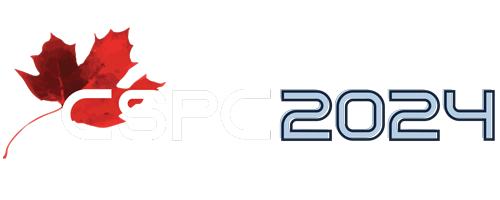A pandemic like COVID-19 expands exponentially when the virus is allowed to take hold in a community. This fact renders evidence of where the disease is—and how it is spreading—one of the most powerful tools for public health decision-makers. Test, trace and isolate: that’s the ‘gold standard’ approach for managing viral epidemics.
But the logistical challenge of achieving this approach for COVID-19 is enormous. As of late October 2020, despite extensive public health measures, cases were either persistent or growing in many areas of the country. Canada has surpassed 220,000 cases and 10,000 deaths in this pandemic and is approaching 10,000,000 people clinically tested. Testing rates in Canada’s four most populated provinces (which account for 96% of COVID-19 cases) represent 12% of the population in BC, 22% in Quebec, 33% in Ontario and 39% in Alberta.
Public health experts advocate for even higher rates of testing as we strive to better understand how and where the disease is spreading. Adding to this daunting task is the fact that COVID-19 can be spread unknowingly by asymptomatic and pre-symptomatic infected individuals, further magnifying the challenge of detecting and managing the virus through clinical testing. Successful detection is further hampered where clinical testing is rationed, as those without symptoms are unlikely to be tested. While the main firefighting efforts of clinical testing and tracing are being expanded and applied to the blaze, there is a need to understand the nature and extent of the fire and, importantly, identify where the next pile of smouldering embers is likely to burst into flame if not quickly stamped out.
With the potential to complement and augment the clinical testing approach, testing for community presence of SARS-CoV-2 through sewage (municipal wastewater) has exploded in research and interest over the past 7 months. Often referred to as wastewater-based epidemiology (WBE), sewage-based testing offers the possibility of early community detections and may also address the issue of asymptomatic disease.
Using WBE to reflect community health and disease spread is not new. However, in early March of this year pioneering efforts were made in the Netherlands to adapt their sewage monitoring program to look for genetic signals of SARS-CoV-2. The importance of this technique in the context of COVID-19 stems from the fact that SARS-CoV-2 is shed in the faeces of infected individuals—even those who are asymptomatic or pre-symptomatic. In communities where COVID-19 infection is present, the detection of SARS-CoV-2 in wastewater is expected.
The Dutch researchers had already been engaged in WBE for a few years detecting other viruses in wastewater when the pandemic arose, providing them with the experience and capacity to take on this new challenge. Those early investigations suggested the technique could indeed be useful for SARS-CoV-2 community detection. In the space of a few months, research and efforts to test the technique grew exponentially, with WBE investigations focused on SARS-CoV-2 taking place in over 50 countries. Several European countries (the Netherlands, Germany, Finland) and the European Union are now funding national WBE networks, and the US Centres for Disease Control and Prevention is implementing a National Wastewater Surveillance System.
Canadian Water Network (CWN) learned of these initiatives in March, prior to publication of the initial research, through its participation in the Global Water Research Coalition. Interest in the potential for WBE to support the fight against COVID-19 initially emerged among the research community and water utilities, and almost immediately exploded, even as the fires of the COVID-19 epidemic were raging and spreading across the globe.
The need to develop new methods that could genuinely help public-health decision makers—without distracting them from their core task—was clear. It was also clear that conventional and established systems of developing, assessing and communicating science to inform policy and management actions were not going to be rapid or agile enough to address the pressing need amidst this unprecedented reality. In addition, despite the importance and potential of this new application of WBE to COVID-19, the strengths, limitations and pitfalls of this new application to pragmatically inform and achieve more evidence-informed decisions remained unknown.
Recognizing these gaps, CWN launched the Canadian COVID-19 Wastewater Coalition in April to facilitate efforts to investigate the feasibility and utility of applying WBE in Canada to inform public health decisions. The Coalition leverages an unprecedented level of global cooperation and sharing among WBE researchers. It also builds on national and global knowledge sharing within the public health community to rapidly advance and assess the potential for WBE to assist in managing the pandemic.
The Coalition provides a model for the development of an effective ‘fire support team’ that can provide a stronger evidence base for the public health community to achieve more effective and proactive management of the COVID-19 fire. The key to success is not simply the effective aggregation and synthesis of rapidly evolving information, but the critical role of establishing networked relationships and trust. A reality in the complex world of science to policy is that much of the information analysis cycle is based on trust in the source of that information. In the middle of a fast-moving and global firefight, relationships and trust become at least as important—if not more important—than the effective collection of relevant evidence itself.


